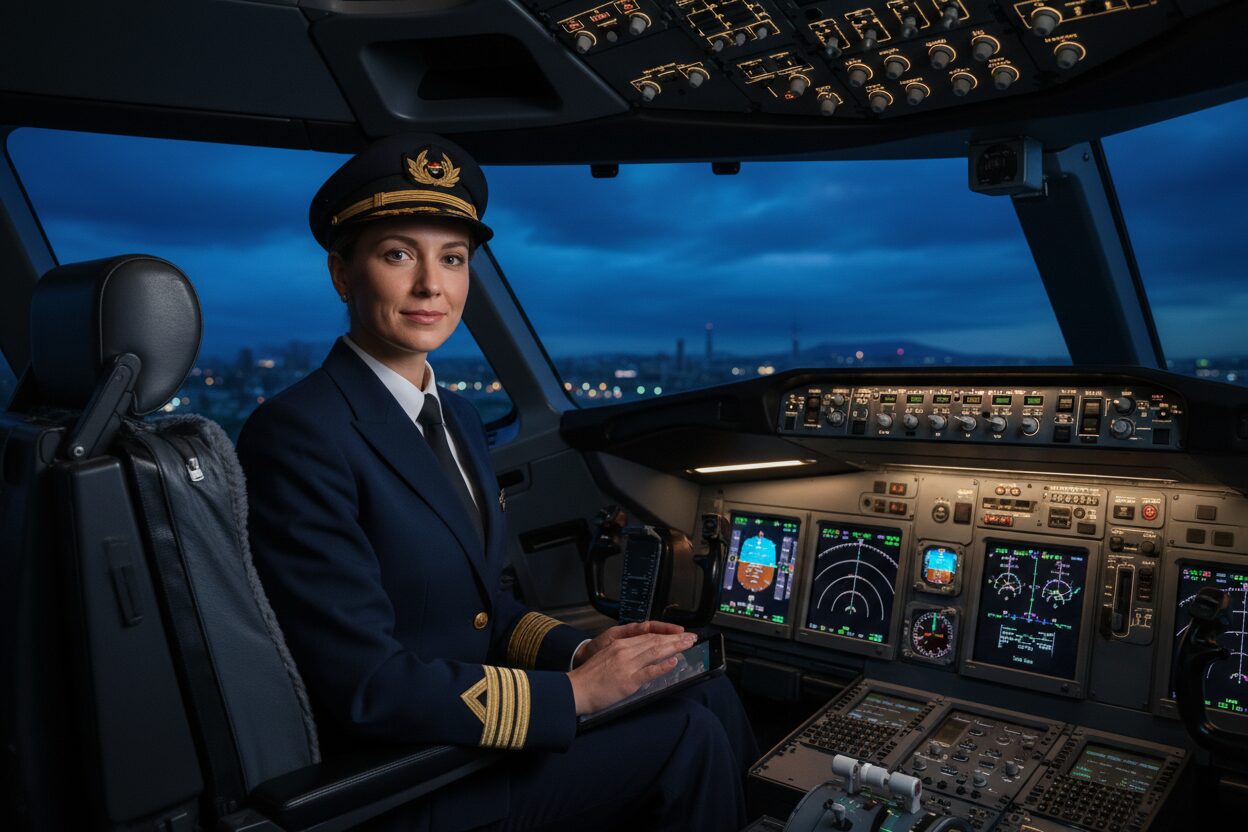When flying onboard an airplane, passengers often hear the crew communicating using specific codes and phrases that may seem cryptic and create a sense of mystery. These phrases serve important purposes in aviation safety and operations. A pilot has explained what some of these common codes mean, revealing surprising insights behind the crew’s communication.
This article will detail 23 secret codes used by pilots and Cabin crew, helping you better understand the language spoken during flights and what is happening behind the scenes.
Table of Contents
Common Aviation Codes Explained
“Doors to arrival and crosscheck”
This phrase is mostly announced by the senior Cabin crew. It indicates that the plane is approaching the gate and that the emergency escape slides have been disarmed for safety.
“All-call”
Refers to an “all Cabin crew conference call” where every Cabin crew member reports from their positions and updates on the current situation onboard.
“Holding pattern”
A racetrack shaped course flown by the aircraft during delays caused by weather or air traffic control. This is a standard procedure to keep the airplane safely in the airspace until landing clearance is granted.
“At this time”
This phrase means “now.” Cabin crew usually use it when introducing onboard rules, such as asking passengers to put away electronic devices.
“Flight level”
A term used to denote the aircraft’s altitude at a given moment, presented in standardized flight levels rather than feet or meters.
“Last minute paperwork”
Typically refers to the flight plan documents detailing aircraft weight and balance records. It often signifies the crew is awaiting final checks or maintenance logs before departure.
“Ground stop”
This code describes a temporary halt in air traffic flow, akin to a traffic jam in the sky, where air traffic control reduces or delays arriving flights.
“Air pocket”
A colloquial term for air turbulence experienced during flight.
“Equipment”
A term used by crew to denote the airplane itself.
“Flightdeck”
Another name for the cockpit where the pilots control the aircraft.
“First Officer (Co-Pilot)”
The second pilot assisting the captain, easily recognized by three stripes on the uniform’s shoulders.
“Final approach”
The last segment of the landing pattern when the plane is aligned with the runway and no further turns or maneuvers are needed before landing.
“Deadhead”
Refers to crew members traveling to reposition for a different flight but not actively working during that flight segment.
“Direct flight”
A flight with the same flight number throughout its route, even if there are stops involved.
“Nonstop flight”
A flight that travels directly from its origin to destination without any stops.
“EFC time”
Estimated time when the crew expects to be released from a holding pattern or ground stop by the air traffic control.
“Wheels-up time”
The exact moment when the plane lifts off from the runway and becomes airborne.
“The ramp”
The area closest to the terminal where aircraft are parked and serviced, similar to parking lots for vehicles.
“Alley”
A passageway between terminals or ramp areas within an airport.
“Apron”
The designated parking and service area for aircraft, distinct from spaces used by ground vehicles.
“Final and immediate boarding call”
A passenger announcement that signals the flight will depart imminently, urging passengers to quickly proceed to the gate.
“Area of weather”
A term pilots use when they alter their course due to adverse weather like thunderstorms, while still heading toward the same destination.
“The floor area”
Simply refers to the floor area inside the aircraft cabin and is not a coded term.
Understanding Aviation Communication
These codes help ensure smooth communication between crew members and air traffic control, emphasizing safety, coordination, and efficiency. Passengers overhearing these terms gain a glimpse into the professional and systematic world of aviation operations.
Conclusion
Knowing the meaning behind these pilot and crew codes enhances passenger understanding and appreciation of the complexities of flying. From “holding patterns” to “final approaches,” each phrase plays a critical role in managing flight safety and passenger experience. Next time you fly, listening closely might reveal the hidden language that keeps the skies safe.

